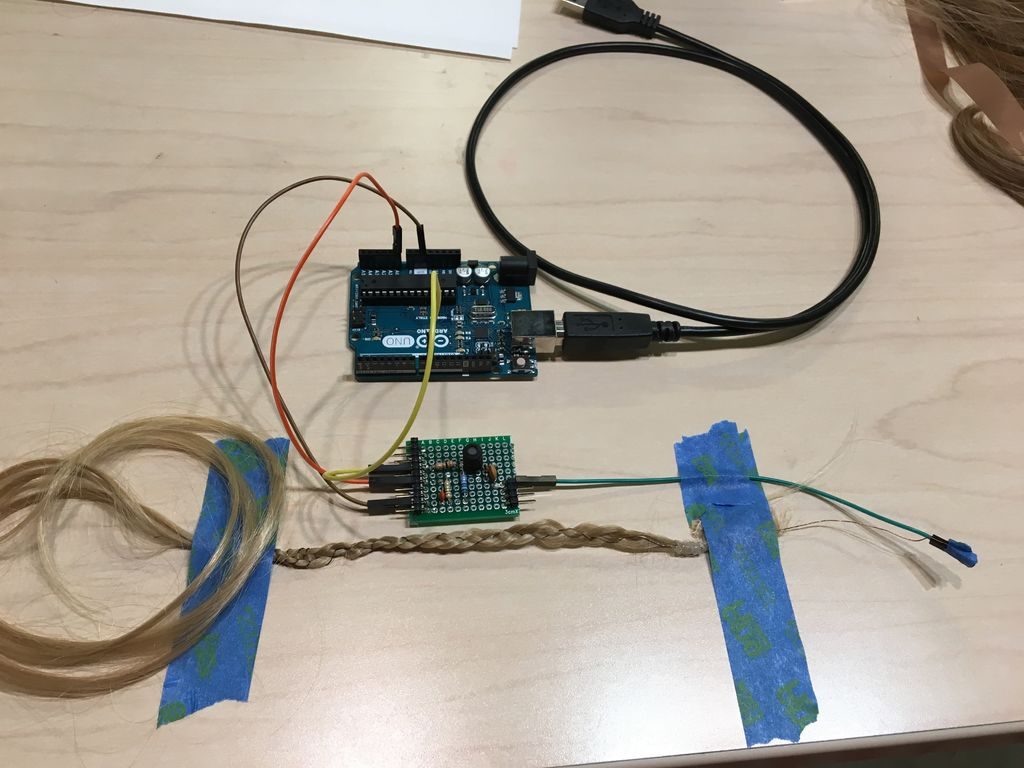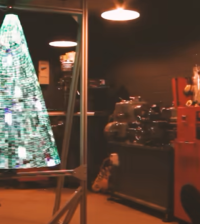- makeITcircular 2024 content launched – Part of Maker Faire Rome 2024Posted 2 weeks ago
- Application For Maker Faire Rome 2024: Deadline June 20thPosted 2 months ago
- Building a 3D Digital Clock with ArduinoPosted 7 months ago
- Creating a controller for Minecraft with realistic body movements using ArduinoPosted 7 months ago
- Snowflake with ArduinoPosted 8 months ago
- Holographic Christmas TreePosted 8 months ago
- Segstick: Build Your Own Self-Balancing Vehicle in Just 2 Days with ArduinoPosted 8 months ago
- ZSWatch: An Open-Source Smartwatch Project Based on the Zephyr Operating SystemPosted 9 months ago
- What is IoT and which devices to usePosted 9 months ago
- Maker Faire Rome Unveils Thrilling “Padel Smash Future” Pavilion for Sports EnthusiastsPosted 10 months ago
HairIO: The Interactive Hair Extension

The Hybrid Ecologies Lab at UC Berkeley have created interactive hair extensions capable of changing shape and color, sensing touch, and communicating over Bluetooth.
Hair is a unique and little-explored material for new wearable technologies. Its long history of cultural and individual expression make it a fruitful site for novel interactions. In this Instructable, we will show you how to make interactive hair extensions that change shape and color, sense touch, and communicate via bluetooth. We’ll use a custom circuit, an Arduino Nano, an Adafruit Bluetooth board, shape memory alloy, and thermochromic pigments.
HairIO consists of a skeleton of nitinol wire, a shape memory alloy (SMA) that morphs into different forms when exposed to heat. An Arduino Nano handles control, enabling it to respond to stimulus such as messages from your phone using an Adafruit Bluefruit board.
The HairIO system works off two basic principles: capacitive touch and resistive heating. By sensing touch, we can make the hair extension respond to touches. And by heating the extension, we can cause color change with thermochromic pigments, and shape change with a shape memory alloy. A bluetooth chip allows devices such as phones and laptops to communicate with the hair as well, either to cause a shape or color change, or to receive a signal when a touch to the hair is sensed.
Please, watch the video below for further information.















